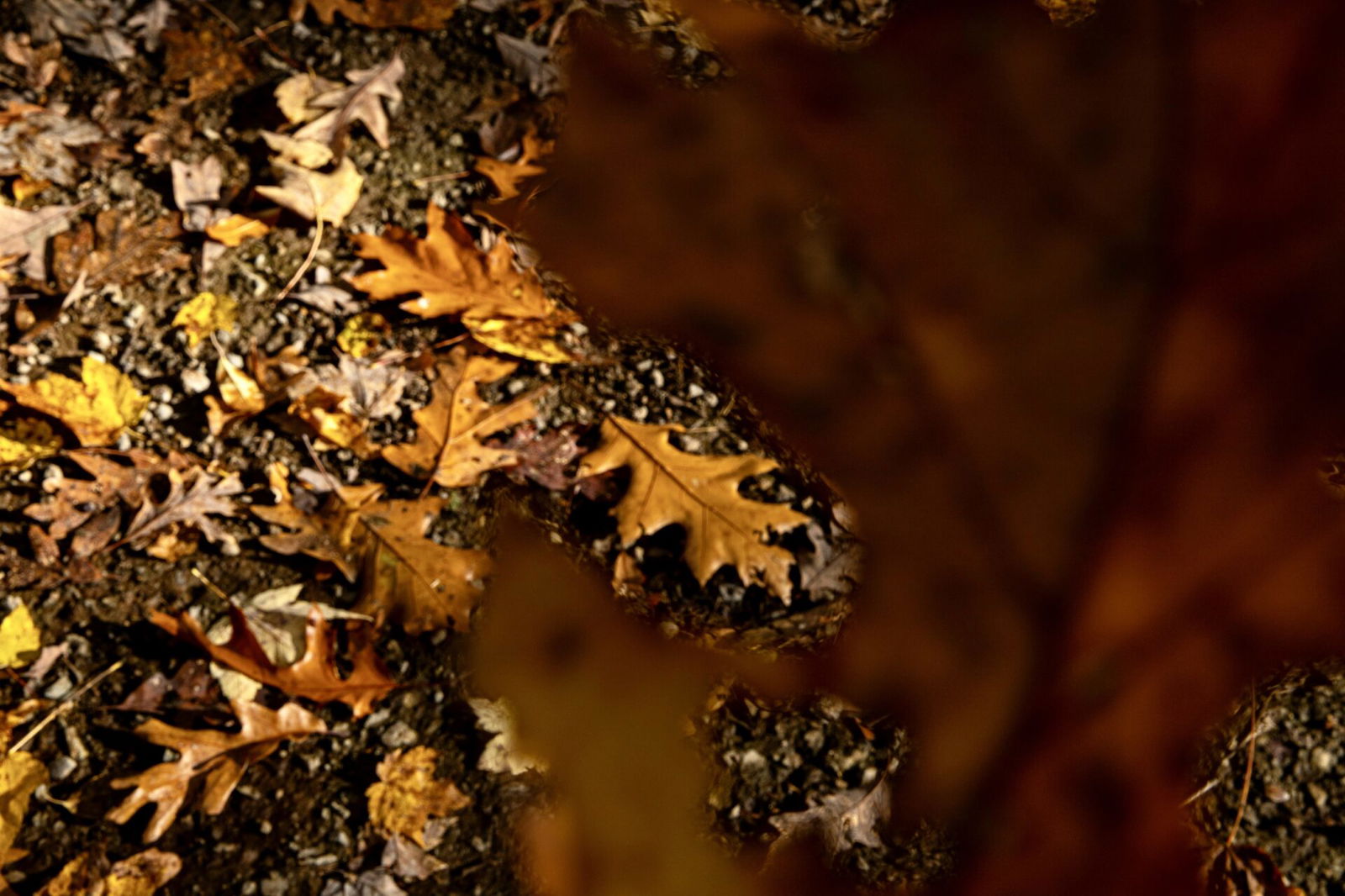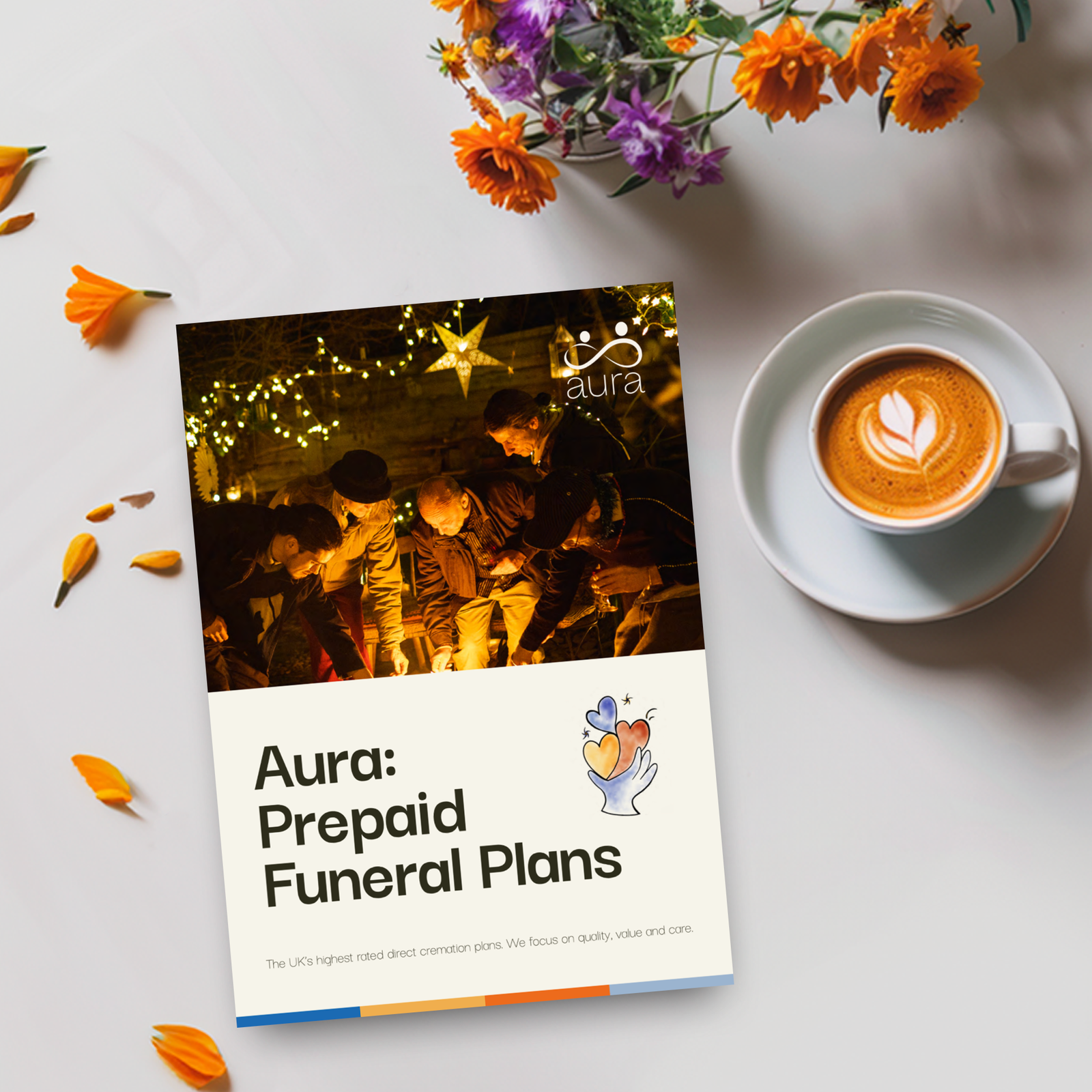


Written by Emily Cross.
9 minute read
Death is often shrouded in a dark fog of finality, sadness, or fear in many cultures. Yet, it also holds a profound and sometimes overlooked beauty. From the natural cycles of life to artistic and philosophical reflections, death can offer moments of peace, transformation, and meaning–not just funerals, memorials and despair. By rethinking its role, we can begin to see how it is an essential and even beautiful part of existence.
If you’re here because you’re in the midst of grief from a loss, we hope this article can provide you with some solace during this challenging time. We will explore the question: ‘What is beautiful about death?’ and aim to provide an answer.
Key takeaways:

The idea of beauty in death has roots in philosophy, culture, and spirituality. There are many interesting facts and myths about death, and across these various realms, it is often framed as the natural conclusion of life—a moment that holds deep significance.
Philosophers throughout history, from Socrates to modern thinkers, have explored death as a meaningful transition rather than an end. Socrates, for instance, viewed death as a liberation for the soul, emphasising the freedom it can bring. Similarly, many cultural traditions see death not as a loss but as a return to nature or a higher state of being.
In some Indigenous cultures, death is revered as part of the eternal cycle of life. The dead become ancestors, guiding the living and maintaining a balance between worlds. Such perspectives highlight how death, while inevitable, is also profoundly connected to life’s continuity.
Nature elegantly demonstrates how death contributes to renewal and growth, showcasing its fundamental role in sustaining life.
In the natural world, death is not the end but a step in a larger ongoing process. Decomposed matter nourishes the soil, enabling new plants to grow. Autumn leaves fall, creating a blanket that protects the ground during winter, eventually breaking down to provide nutrients for spring blooms.
This interconnectedness reveals the cyclical beauty of life and death—a process that keeps the earth’s ecosystems thriving. Noticing this cycle can encourage us to see death not as a disruption but as an integral part of existence.
Many embrace their connection to nature even in death, with eco-friendly or green funerals growing in popularity as awareness of our environmental impact increases. Woodland burials, direct cremation, and water cremations are all examples of more eco-friendly practices when it comes to funerals.
Nature often offers serene imagery associated with death, such as sunsets, still waters, or the quiet hush of a forest. These metaphors of calmness and rest depict death as a moment of release, free from the struggles of life.
This natural symbolism aligns with the idea of death as a peaceful transition rather than a source of fear. It reminds us that, like the setting sun, death can be viewed as a closing chapter filled with grace and magnificence.
Art, literature, and cultural traditions frequently embrace death as a concept rich in meaning, using it to explore life’s depth and sometimes heartwrenching beauty.
Cultures worldwide honour their departed loved ones through rituals that celebrate their life and legacy. The Mexican tradition of Día de los Muertos (Day of the Dead) exemplifies this, transforming grief into a joyous celebration filled with music, food, flowers and colourful altars dedicated to loved ones.
Celebrations of life are ceremonies or gatherings that happen all over the world–they celebrate and commemorate the life of a person who has died. Unlike traditional funerals, these gatherings emphasise joy, personal anecdotes, and the unique traits of the person rather than focusing solely on mourning. They pay tribute to the person by celebrating their achievements, values, and cherished memories, incorporating personal touches like photo displays and videos. These uplifting ceremonies focus on gratitude over loss, creating a healing space for closure.
Storytelling in these settings plays an important role in preserving the memory of the person who has died. Sharing their stories immortalises their impact, creating beauty from loss by keeping their spirit alive in the hearts of others.
Art and literature often romanticise death, portraying it as a poignant yet meaningful theme. In John Keats’ “Ode to a Nightingale,” death is imagined as a sweet escape from life’s burdens, while vanitas paintings juxtapose death with life’s fleeting treasures, encouraging reflection on mortality.
Philosophically, death has been described as the ultimate equaliser—a profound event that gives life its urgency and significance. By contemplating it, we can better understand our purpose and priorities.
Acceptance of death allows individuals to see its transformative power. Talking about death and dying can help you get closer to a feeling of peace and acceptance by bringing it out into the light and looking at it. Normalising these discussions, we open the door to contemplating the inevitable in a way that feels authentic.
Embracing mortality often leads to greater gratitude for life. Knowing that our time is limited can inspire us to savour everyday moments and cherish relationships more deeply.
Acceptance also promotes mindfulness, encouraging us to live in the present rather than fear the future. It’s through this surrender to life’s natural course that many find an inner sense of calm, enhancing the sense of fulfilment.
Death often brings transformation, both for the loved one and those they leave behind. Organ donation, for example, allows one life to benefit another, turning loss into a feeling of hope.
Many spiritual beliefs view death as a passage to another existence, such as reincarnation or an eternal afterlife. Regardless of one’s beliefs, the legacies left behind—be it through acts of kindness, art, or memories—ensure that the beauty of a life lived continues to resonate for generations.
Modern advances have created new ways to find beauty in death by turning cremation ashes into unique and meaningful tributes.
Ashes can be transformed into diamonds, pendants, or other keepsakes, allowing loved ones to carry a part of their loved ones with them. These personalised items serve as constant reminders of the connection shared, blending craftsmanship with emotional resonance.
Biodegradable urns or those that grow into trees or flowers offer an eco-friendly and symbolic way to commemorate the person who has died. These options create a lasting tie to nature, where life emerges from loss, exemplifying the cyclical beauty of death.
Innovative practices, such as turning ashes into glass sculptures or fireworks, showcase the potential for creativity in memorialising a loved one. These unique tributes bring the person’s personality and temperaments to the grieving process, turning sorrow into a celebration.
As society evolves, new perspectives consistently recognise the beauty in death, reframing it as an opportunity for personal growth and potent experiences.
Confronting mortality often crystylises what truly matters, helping people to prioritise their values and goals. Movements like the Death Positive Movement encourage open discussions about death, aiming to replace fear with understanding and acceptance.
Our own founder Paul Jameson created Aura with his son Dave (now our CEO) as a result of having to confront his own mortality head-on after his diagnosis with motor neurone disease. Facing a terminal illness gave Paul a deep appreciation for the value of seeing death a bit differently: as an opportunity for change and growth. By reflecting on death, Paul and many others find strength in loss, turning their grief and fear into a source of purpose and resilience.
Aura’s mission to support families in end-of-life planning stems from Paul’s personal journey of preparing for his own family’s future.
Death doulas, or end-of-life companions, can help people create peaceful and meaningful experiences as they approach death. Their support ensures that the final moments are given the best chance at being filled with comfort and dignity.
End-of-life planning, including rituals and ceremonies, allows people to personalise their funerals or celebrations of life, making the process more uniquely personal for themselves and their loved ones.
Deciding the details of your funeral ahead of time with a funeral plan can help create a sense of calm and ease, as family and friends won’t have to make these decisions in the midst of coping with their loss.
Death, though often seen as a source of sorrow, holds undeniable beauty when viewed through the lenses of nature, culture and personal growth. By embracing its transformative power and recognising its role in life’s cycle, we can find peace and meaning in this inevitable transition. Whether through artistic expressions, cultural traditions, or personal acceptance, the beauty of death reminds us to cherish life and its connections.
We hope that this article about beauty and death has left you with some comforting concepts to consider. At Aura, we are committed to providing excellent, affordable, and compassionate services to those across mainland Britain with cremation services options for everyone.
Our empathetic Aura Angel team embodies our approach and will guide you and your family through the sometimes challenging inner workings of arranging a funeral. They are not only skilled in funeral coordination but also offer a listening ear if you need to share what’s on your mind.
If you’re exploring ways to protect your family from rising funeral costs in the future and are considering purchasing a prepaid funeral plan—take a look at our brochure today:

Our brochure includes all the details you need surrounding our prepaid direct cremation funeral plans.
Get your free brochure sent by email or First Class post by clicking on the link below.
staging site last replicated: MISSINGNO.